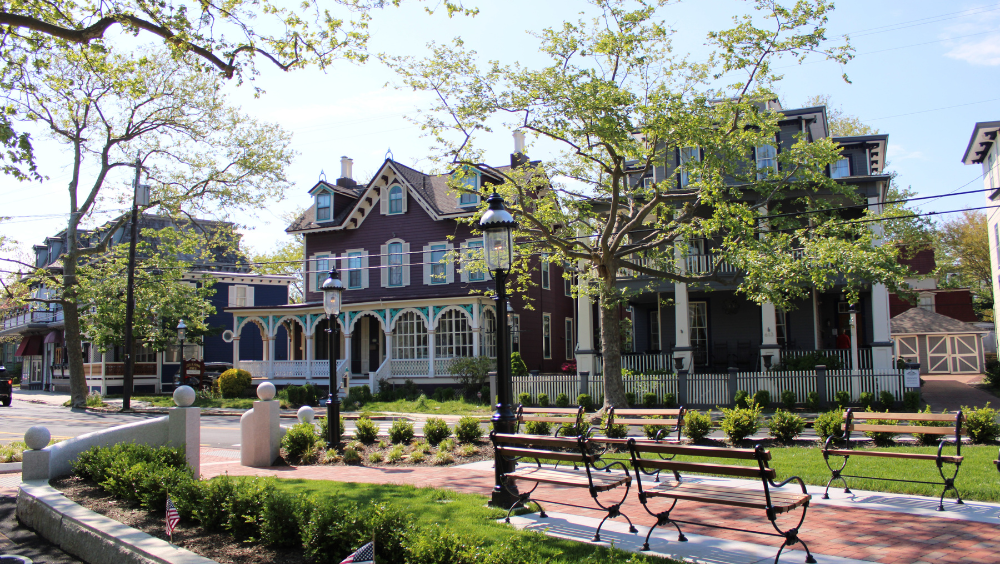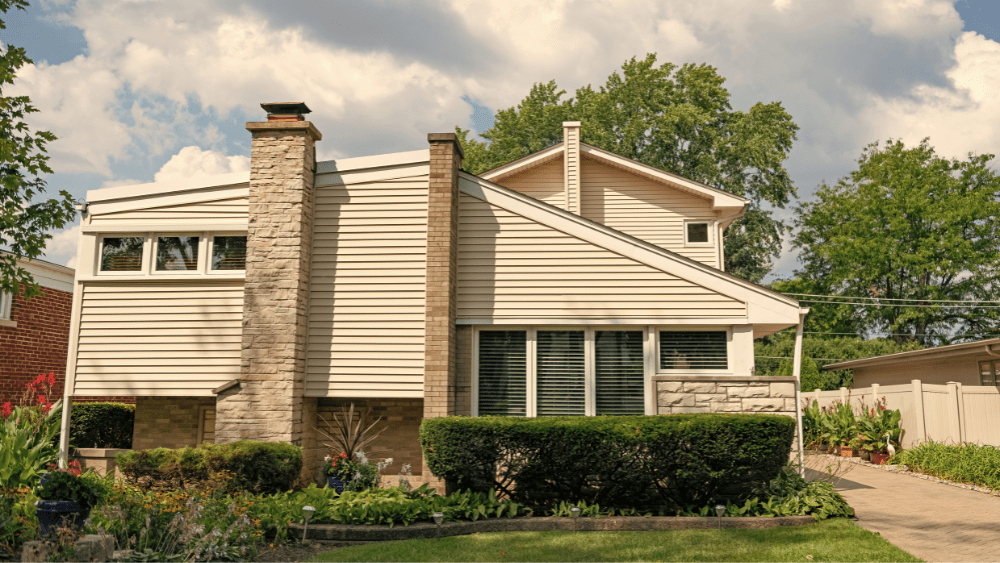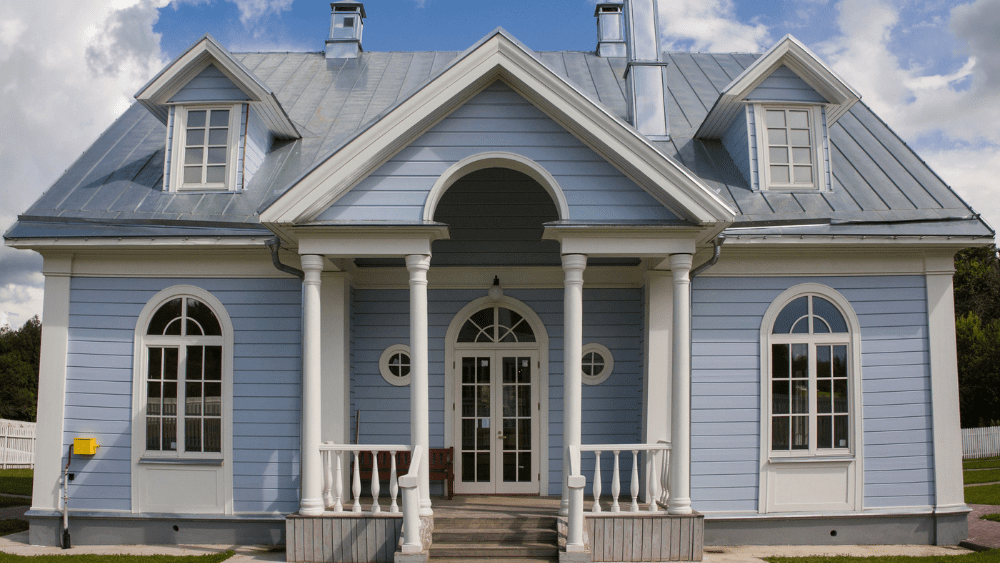
Selling your old home and buying a new one in New Jersey often involves a tricky balance of timing and funds, especially in a market with low inventory and high prices. You might think your only option is to sell, move out, and temporarily live elsewhere while searching for your new house. This can be a stressful and inconvenient process. However, there’s a solution that could help align these moving parts more seamlessly: a bridge loan. This short-term financing option is designed to bridge the gap, allowing you to purchase your new home in New Jersey before you’ve sold your old one. It’s a strategy that could transform your home-buying experience, making the transition smoother and more manageable. A bridge loan, also known as bridge financing, bridging loan, interim financing, gap financing, or a swing loan, is a financial lifeline for homeowners like you. It’s a short-term loan that comes into play during the transitional period of buying a new home while still selling your current one. The key here is leveraging the equity in your existing home. This equity provides the necessary funds to pay down and cover closing costs for your new home. While they are typically more expensive than traditional mortgages, bridge loans offer a swift and convenient solution, enabling you to purchase your new home without waiting for your old home to sell. This can be a crucial advantage in fast-moving real estate markets. Imagine you’re a homeowner in New Jersey, ready to purchase your dream home before your current residence has sold. This is where a bridge loan becomes an essential part of your journey. It allows you to use the equity from your existing home to cover your new property’s down payment and closing costs. The lender managing your mortgage for the new home will often handle your bridge loan. They usually require that your current home is actively listed for sale and typically offer the bridge loan for a duration ranging from six months to a year. In New Jersey, lenders pay close attention to your debt-to-income ratio (DTI) when assessing your application for a bridge loan. This calculation will include your existing mortgage payments on your current home, the mortgage payments for the new home, and any interest-only payments on the bridge loan. This comprehensive assessment is crucial for lenders to ensure you can comfortably manage payments on both properties, mainly if your current home doesn’t sell immediately. In some cases, if your existing home is under contract and the buyer has secured final loan approval, your lender might only consider the mortgage payment for your new home in the DTI calculation. This can be a significant relief, as it lowers your apparent financial burden, making it easier to qualify for the bridge loan. In New Jersey, a bridge loan can offer several advantages that make your home-buying experience more flexible and less stressful. Here are some key benefits: These benefits make a bridge loan an appealing option for New Jersey buyers who need financial flexibility before selling their previous home, allowing them to comfortably transition to their new home with the proceeds from their sale. While a bridge loan offers notable advantages in your home-buying journey, it’s important to be aware of its potential drawbacks. Here are some key considerations: Understanding these drawbacks is crucial in evaluating whether a bridge loan is the right financial solution for your home-buying needs. A bridge loan can be an ideal solution in certain real estate scenarios, particularly when timing and financial flexibility are key factors. Here are some situations where a bridge loan might be the right choice:What is a bridge loan, in simple words?
How does a bridge loan work in New Jersey?
What are the benefits of a bridge loan in New Jersey?
What are the drawbacks of a bridge loan?
When is a bridge loan a good solution?



